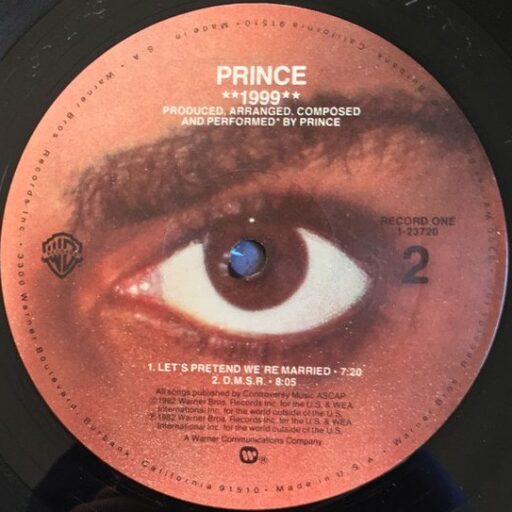Tag: jamie shoop
-
Vibrator
A bold demand for a woman’s right to sexual pleasure, filtered through the distinctly 20th-century male anxiety of being replaced in the bedroom by a machine.
-
D.M.S.R.
“D.M.S.R.” was Prince’s calling card–a four-word (four-letter!) summation of everything he and his music were about.
-
Wet Dream (Wet Dream Cousin)
Vanity was chosen to lead the group for her firecracker personality, bedroom eyes, and ability to fill out a lace camisole, not for her powerhouse pipes. The trouble is that Prince wasn’t always good at selecting material that played to her strengths.
-
Nasty Girl
The role that made Denise Matthews a star–even if, as she later admitted, it was one she played reluctantly.
-
She’s Just a Baby
If one can get past the ick-factor, there’s a tenderness and loneliness at the heart of “She’s Just a Baby.”
